Filter by
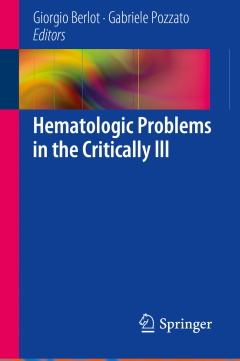
Hematologic Problems in the Critically Ill
This book covers a wide array of hematologic problems commonly encountered in the daily practice of critical care and emergency medicine. Unfortunately, the symptoms and signs associated with underlying hematologic disorders are frequently rather unspecific and confounding; furthermore, the clinical course of patients admitted to intensive care units with such disorders can be fulminant, warran…
- Edition
- -
- ISBN/ISSN
- 978-88-470-5300-7
- Collation
- V, 147
- Series Title
- -
- Call Number
- 611.12 HEM
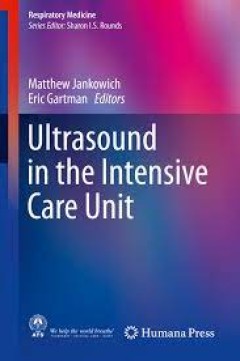
Ultrasound in the Intensive Care Unit
Ultrasound in the Intensive Care Unit explores the current state of evidence supporting use of bedside ultrasound for procedural guidance and for the critical care-focused assessment of a variety of organ systems. This text covers standard practice areas, such as ultrasound guidance for vascular access in the ICU, as well as novel, less well-known applications such as the use of ultrasound for …
- Edition
- -
- ISBN/ISSN
- 978-1-4939-1723-5
- Collation
- 49 b/w illustrations, 215 illustrations in colour
- Series Title
- -
- Call Number
- -
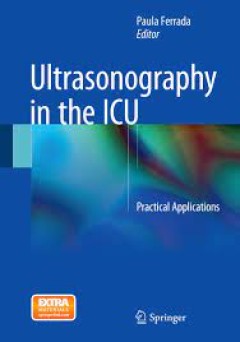
Ultrasonography in the ICU Practical Applications
This text presents a basic guide of the principles and applications of ultrasound in the critical care setting. The text also addresses the basic and clinical uses of ultrasound, including clinical cases at the end of each of the 7 sections of the clinical subdivisions. The final chapters focus on the issues of training, certification, credentialing and billing. These discussions make the text …
- Edition
- -
- ISBN/ISSN
- 978-3-319-11876-5
- Collation
- 45 b/w illustrations, 121 illustrations in colour
- Series Title
- -
- Call Number
- -
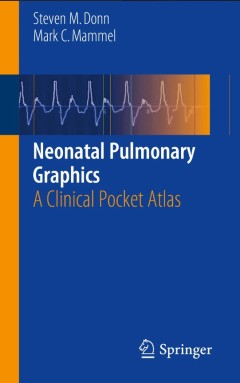
Neonatal Pulmonary Graphics
This pocket atlas explains how to use pulmonary graphics as a valuable adjunct for patient management. Actual patterns commonly encountered in neonatal practice are presented side-by-side with schematic illustrations that take apart the graphic and identify its key features, accompanied by brief explanatory text. The book addresses the principles of real-time pulmonary graphics, discusses w…
- Edition
- 1
- ISBN/ISSN
- 978-1-4939-2016-7
- Collation
- XV, 175
- Series Title
- -
- Call Number
- -
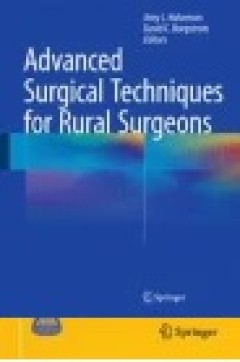
Advanced Surgical Techniques for Rural Surgeons
This unique reference fulfills the unmet need of a textbook that addresses the scope of practice for surgeons practicing in rural regions. The text provides up-to-date content covering a wide breadth of topics relevant to surgical care in rural areas, with focus on the surgical diseases that are often treated by surgical subspecialists in the urban setting. Written by experts in each subspecial…
- Edition
- Ed. 1
- ISBN/ISSN
- 978-1-4939-1495-1
- Collation
- XV, 275
- Series Title
- -
- Call Number
- 617 ADV a
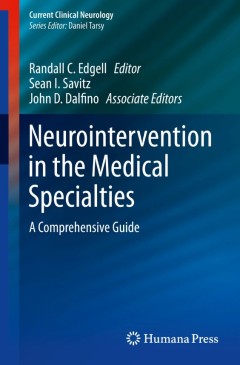
Neurointervention in the Medical Specialties:A Comprehensive Guide
- Edition
- 1
- ISBN/ISSN
- 978-1-4939-4208-4
- Collation
- XIII, 365
- Series Title
- Current Clinical Neurology
- Call Number
- -
- Edition
- 1
- ISBN/ISSN
- 978-1-4939-4208-4
- Collation
- XIII, 365
- Series Title
- Current Clinical Neurology
- Call Number
- -
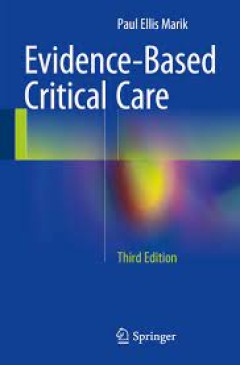
Evidence-Based Critical Care
This is the premier evidence-based textbook in critical care medicine. The Third Edition features updated and revised chapters, numerous new references, streamlined content, and new chapters on key topics such as the new paradigm in critical care medicine, cardiac output monitoring, surgical optimization, vital signs, and arterial blood gas analysis. The book maintains the author’s trademark …
- Edition
- -
- ISBN/ISSN
- 978-3-319-11020-2
- Collation
- 37 b/w illustrations, 46 illustrations in colour
- Series Title
- -
- Call Number
- -

Transfusion in the Intensive Care Unit
Due to a high incidence of anemia, critically ill patients are frequently transfused, with up to 40% of patients receiving a transfusion during their stay in the Intensive Care Unit. It has become increasingly clear that there is an association between transfusion and adverse outcomes, underlining the need for a careful assessment of the risks and benefits of a blood transfusion. In the last de…
- Edition
- 1
- ISBN/ISSN
- 978-3-319-08735-1
- Collation
- VI, 187
- Series Title
- -
- Call Number
- -
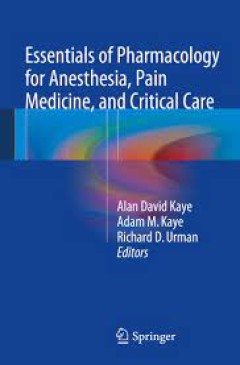
Essentials of Pharmacology for Anesthesia, Pain Medicine, and Critical Care
In anesthesiology, pain medicine, and critical care, practitioners at all levels need help to stay current with the continually evolving drug knowledge-base and trainees need tools to prepare for in-training and board exams that increasingly test their knowledge of pharmacology. This practical book is aimed at both readerships. It features a unique and practical chapter on the United States Foo…
- Edition
- -
- ISBN/ISSN
- 978-1-4614-8948-1
- Collation
- 185 b/w illustrations, 36 illustrations in colour
- Series Title
- -
- Call Number
- -
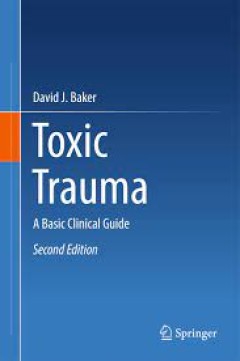
Toxic Trauma
Winner of BMA Medical Book Award, Highly Commended in Public Health Written for medical professionals, this book provides a concise reference with clear guidelines on how to manage both the victims of chemical agent exposure and the site of the incident. David Baker considers the nature and basic science of the hazards faced as well as the practical management of persons exposed to chemicals a…
- Edition
- 2
- ISBN/ISSN
- 978-3-319-40916-0
- Collation
- XXIII, 238
- Series Title
- -
- Call Number
- -
 Computer Science, Information & General Works
Computer Science, Information & General Works  Philosophy & Psychology
Philosophy & Psychology  Religion
Religion  Social Sciences
Social Sciences  Language
Language  Pure Science
Pure Science  Applied Sciences
Applied Sciences  Art & Recreation
Art & Recreation  Literature
Literature  History & Geography
History & Geography